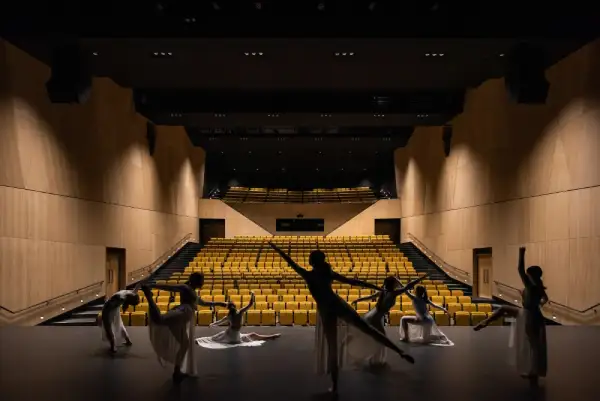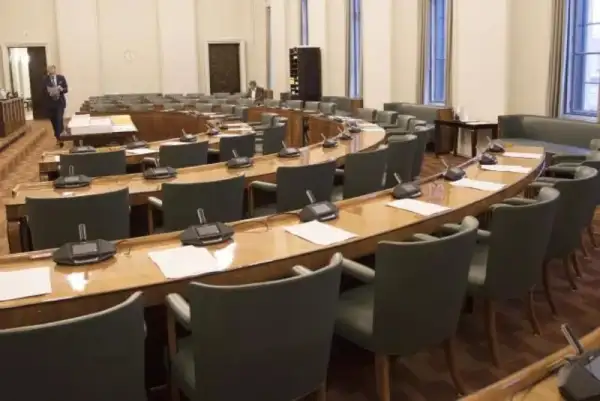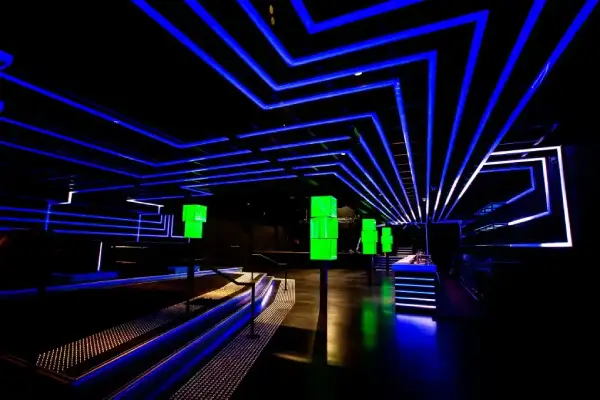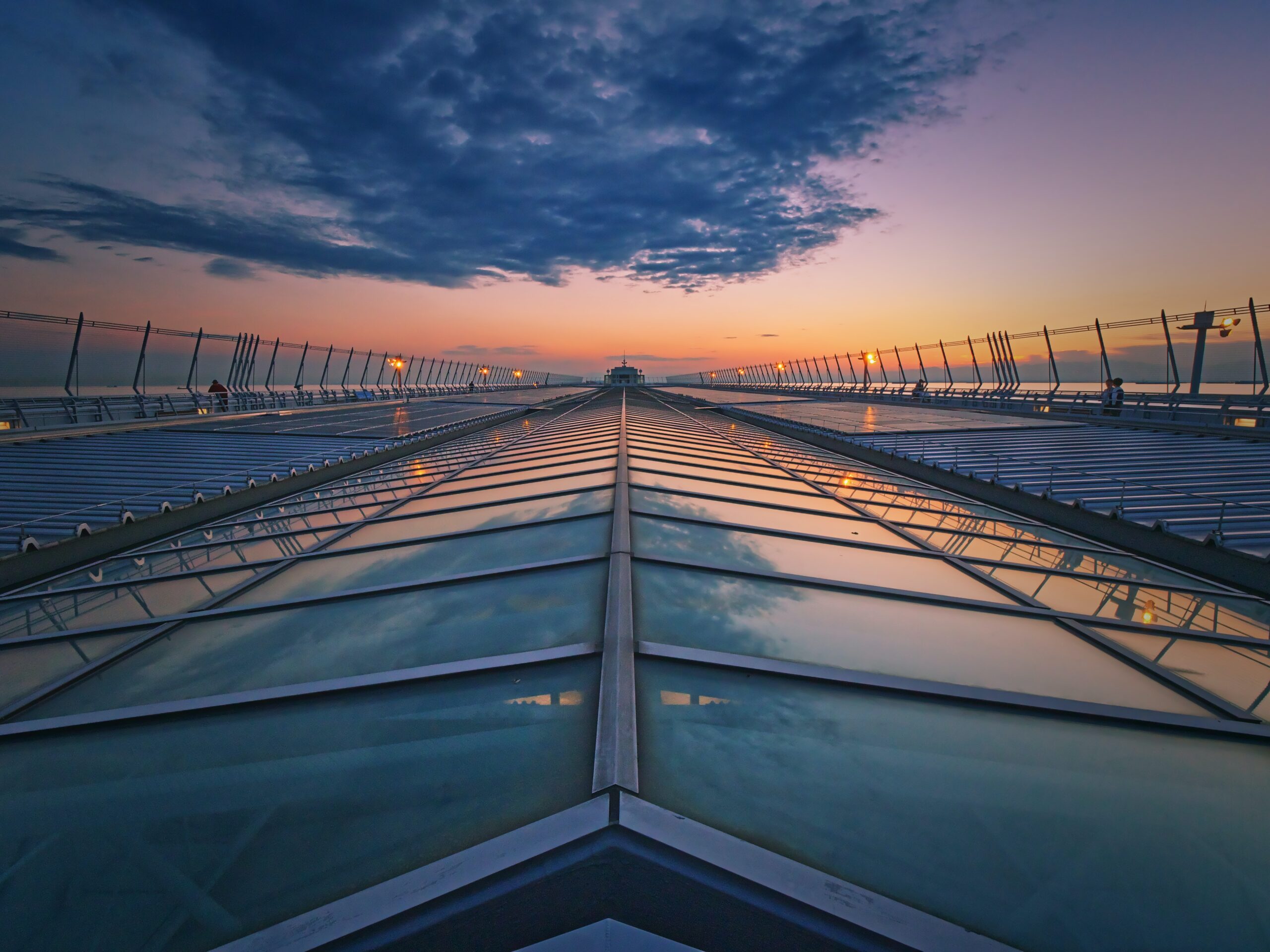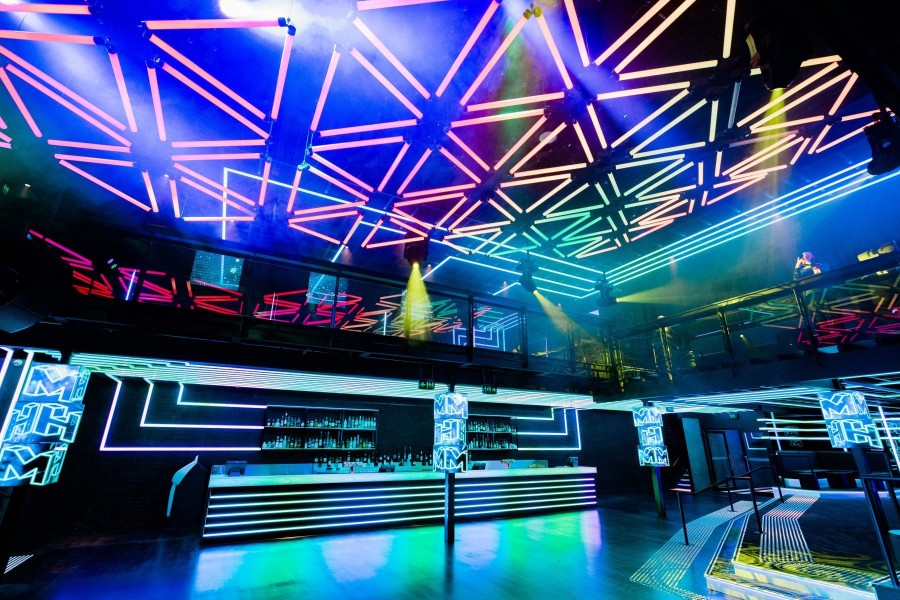Architecture is not just about designing buildings – it’s a powerful tool for shaping human experiences and behaviours.
From the layout of a space to colours used, can have a profound impact on how we perceive our surroundings and how we act within them. Explore the fascinating world of architectural psychology, drawing on examples from casino floors, shopping stores, Disney World, and shopping malls, to understand how these choices influence our perceptions and behaviours.
Casino Floors: The Art of Distraction

Casino floors are like mazes designed to keep you engaged and spending. The busy and chaotic layout is no accident – it’s a deliberate attempt to encourage consumers to focus on the games. Psychologists suggest that the constant sensory stimulation keeps players’ minds occupied, making it harder for them to keep track of time. This design ultimately leads to prolonged gambling sessions and higher spending.
Shopping Stores: The Windy Path to Purchase

Ever noticed how shopping stores often have winding pathways? This design tactic serves to increase product visibility and create a sense of discovery. Psychologically, it’s about leading consumers through a journey, maximising exposure to products, and encouraging impulse purchases. The longer you spend exploring, the more likely you are to buy.
Disney World: The Magic of Color

Disney World is a masterclass in using colour psychology to create a magical experience.
The pink sidewalks in Epcot, for example, are chosen strategically. Pink contrasts with green, making the surrounding landscaping appear brighter and more vibrant. This subtle trick enhances the overall perception of the park’s beauty, ensuring that visitors have a more enjoyable time.
Shopping Malls: The Art of Controlled Time

Shopping malls often employ busy, distorted pathways to prevent customers from lingering in common areas. This strategy aims to move shoppers quickly to the shops, increasing the chances of making purchases and preventing overcrowding in shared spaces. By manipulating the flow of people, malls create a more efficient shopping experience.
Color theory, plays a crucial role in manipulating our emotions and behaviours. Psychologists have shown that certain colours can evoke specific feelings. Disney’s use of pink enhances the perception of beauty, while casino floors’ overstimulation keeps players engaged.
Furthermore, architects often draw on environmental psychology to understand how people respond to their surroundings. This field of study explores how design elements like layout, lighting, and spatial arrangement affect our well-being, comfort, and behaviour.
The choices we make in designing spaces can either enhance or detract from the quality of life. By applying psychology to architecture, we have the power to improve experiences, boost productivity, and create environments that support our desired goals. Let’s remember that the design of our surroundings matters, and it’s up to us to use this knowledge to shape a better world.







